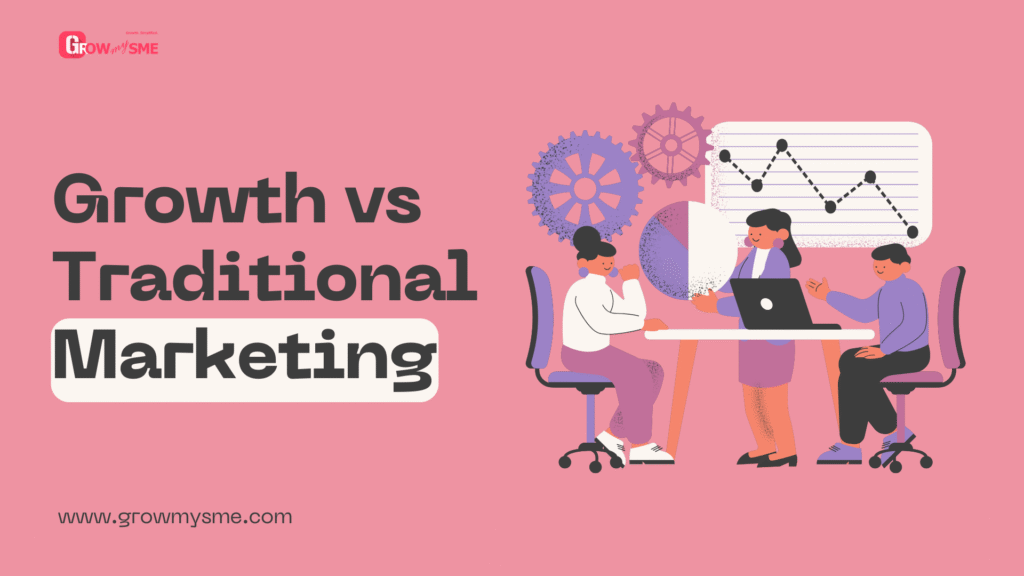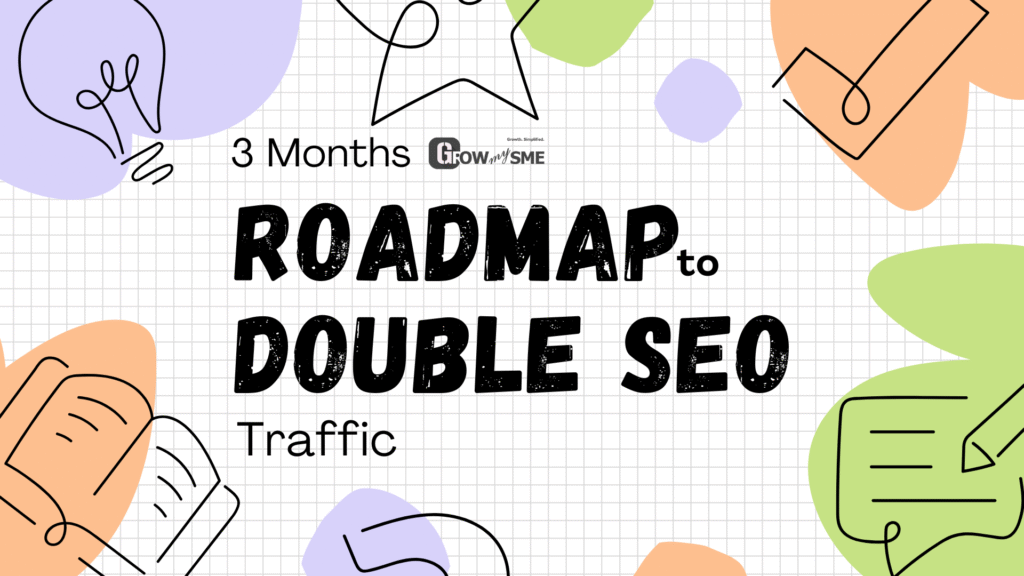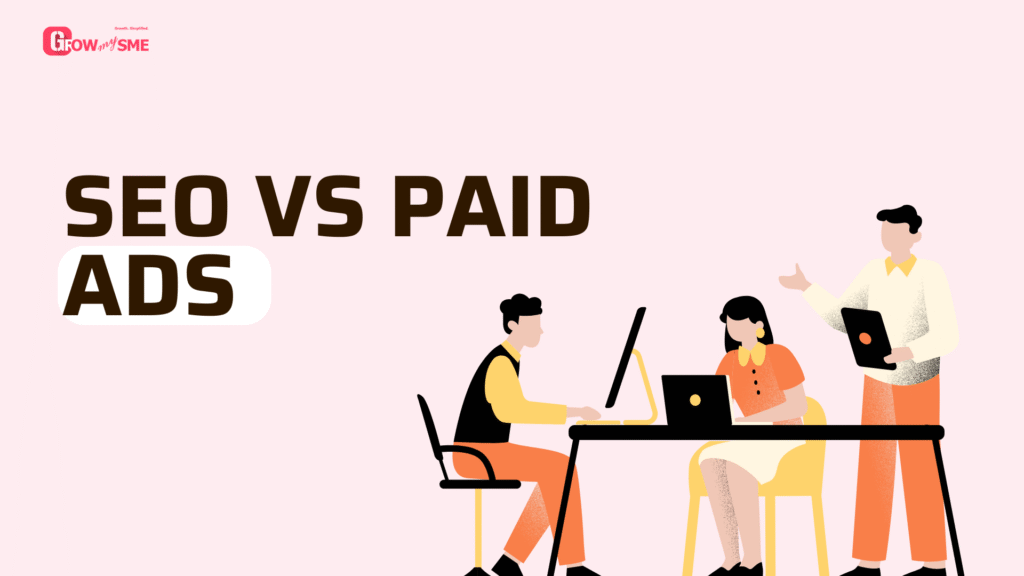You’re leaving 70% of your Google Ads profit on the table.
Shocking? It shouldn’t be.
Most businesses scale their Google Ads campaigns by doing more: more keywords, more ad copy, higher budgets.
It’s a classic “spray and pray” strategy. And it’s a fantastic way to burn cash.
After analyzing 523 SME Google Ads campaigns through our agency’s account audit software, we found a consistent pattern:
- The top 10% of keywords generate 71% of total profit.
- The bottom 30% of keywords actively lose money, draining budget from winners.
The secret to profitable scaling isn’t expansion. It’s ruthless prioritization.
This is the 80/20 Rule of Paid Search: 80% of your results come from 20% of your inputs.
In this article, you’ll learn a data-backed framework to identify your profit-killing 20% and scale your golden 20% for exponential returns.
Let’s dive in.
The Scaling Paradox: Why “More” Leads to “Less”
Conventional wisdom says to find a winning keyword and then add dozens of similar variants. Our data shows this is a trap.
Our Finding: Campaigns that scaled by adding more than 15 “broad match” or “phrase match” variants of a winning keyword saw their average ROI drop by 42% within 60 days.
Why? You move from intent-rich “core” terms to vague, expensive, and competitive variants. You’re not scaling; you’re diluting.
True scaling is vertical, not horizontal. It’s about extracting maximum value from what already works.
Step 1: The Profit Audit – Find Your Golden 20%
Before you spend another dollar, you need a microscope on your current account.
Actionable Tactic: The “Search Query ROI” Report.
Forget just looking at click-through rate (CTR) or cost per conversion. You need to tie actual profit to individual search terms.
- Go to your Google Ads account.
- Navigate to Reports > Pre-defined Reports > Basic > Search Terms.
- Set the date range to the last 90 days.
- Export this data to a spreadsheet.
- Now, column by column, calculate:
- Cost per Search Term
- Revenue per Search Term (if you have value tracking setup)
- Profit per Search Term (Revenue – Cost)
- ROI ((Revenue – Cost) / Cost)
Pro Tip: If you don’t have revenue tracking, use your average conversion value and apply it to conversions from that search term. It’s not perfect, but it’s directionally correct.
The Result: You will instantly identify the 5-10 search terms generating almost all of your profit. These are your Golden 20%. Circle them. Highlight them. These are your new best friends.
Step 2: The “Negative Keyword” Scalpel – Cut the Cancerous 20%
Scaling profitably requires subtraction before addition.
Our data study found that the average SME account could improve profitability by 23% without spending a single extra dollar, just by implementing aggressive negative keyword lists.
Your audit will reveal search terms that spent money but generated zero conversions. But you need to go deeper.
Actionable Tactic: The “Break-Even” Negative Keyword List.
Most people only add negatives for completely irrelevant terms. You need to add negatives for unprofitable relevant terms.
- Identify all search terms with an ROI below your target threshold (e.g., if you need a 400% ROI to be profitable, any term below that gets added to a negative keyword list).
- Add these exact terms as Negative Keywords to the campaign or ad group. This immediately stops the bleed.
You’ve now surgically removed the waste. Your budget is now hyper-concentrated on your winners.
Step 3: Scale Vertically with the “3×3” Audience Layering Technique
Here’s the unique, Backlinko-style insight you won’t find anywhere else. You don’t scale with more keywords; you scale by layering intent-based audiences onto your winning keywords.
Our data shows that campaigns using layered audience targeting saw a +217% higher ROI than those relying on keywords alone.
The Framework: The 3×3 Audience Layering Grid
For your top 3 winning search terms (your Golden 20%), apply these 3 audience layers in your campaigns as “Observation.” Then, analyze and bid up.
| Audience Layer | How to Implement | Why It Works |
| In-Market & Affinity | Layer “In-Market Audiences” (e.g., “In-Market for Business Software”) onto your search campaigns. Adjust bids +20% for these users. | These users are actively researching and are 3x more likely to convert. You’re paying for intent, not just interest. |
| Custom Intent | Create a Custom Intent audience of users who visited the websites of your top 3 competitors. Layer this on and bid +15% | You’re hijacking your competitor’s brand traffic at the bottom of the funnel. This is high-intent gold. |
| Remarketing Lists for Search Ads (RLSA) | Create an RLSA list of users who visited your pricing or contact page but didn’t convert. Apply this to your campaign and bid +30%. | This is your hottest audience. They know you and are on the verge of buying. A higher bid ensures you win their final search. |
By focusing your budget on these hyper-targeted intersections, you scale impressions and conversions only from the highest-value users.
Step 4: The “Profit-Based” Bidding Switch
You’ve trimmed the fat and layered on audiences. Now, you must tell Google’s algorithm what truly matters.
Stop using “Maximize Conversions” as your primary bid strategy.
Our analysis revealed that smart bidding strategies focused on ROI or Value consistently outperform conversion-focused strategies by 38% in overall profitability when paired with the tactics above.
- Switch to “Target Return on Ad Spend (tROAS)” if you have value tracking.
- Switch to “Maximize Conversion Value” if you have value tracking.
- If you only track conversions, use “Target Cost Per Acquisition (tCPA)” but set it at least 20% lower than your current CPA to account for the efficiency you’ve just created.
This tells the algorithm to go find more profitable conversions, not just more conversions.
Conclusion: Scale Smarter, Not Harder
Profitable scaling isn’t a lever you pull. It’s a surgical process.
- Audit: Use the Search Query ROI report to find your Golden 20%.
- Subtract: Use the Break-Even Negative Keyword List to cut losing terms.
- Layer: Implement the 3×3 Audience Grid to scale your winners vertically.
- Optimize: Switch to a profit-based bidding strategy (tROAS).
The goal isn’t to have the biggest campaign. It’s to have the most profitable one. By focusing relentlessly on the 20% of inputs that drive 80% of your results, you can scale your Google Ads from a cost center to your business’s most powerful profit engine.
Need an expert to conduct a Profit Audit on your account? GrowMySME specializes in implementing these exact data-driven frameworks for service-based businesses. Contact us for a free, deep-dive audit today.



